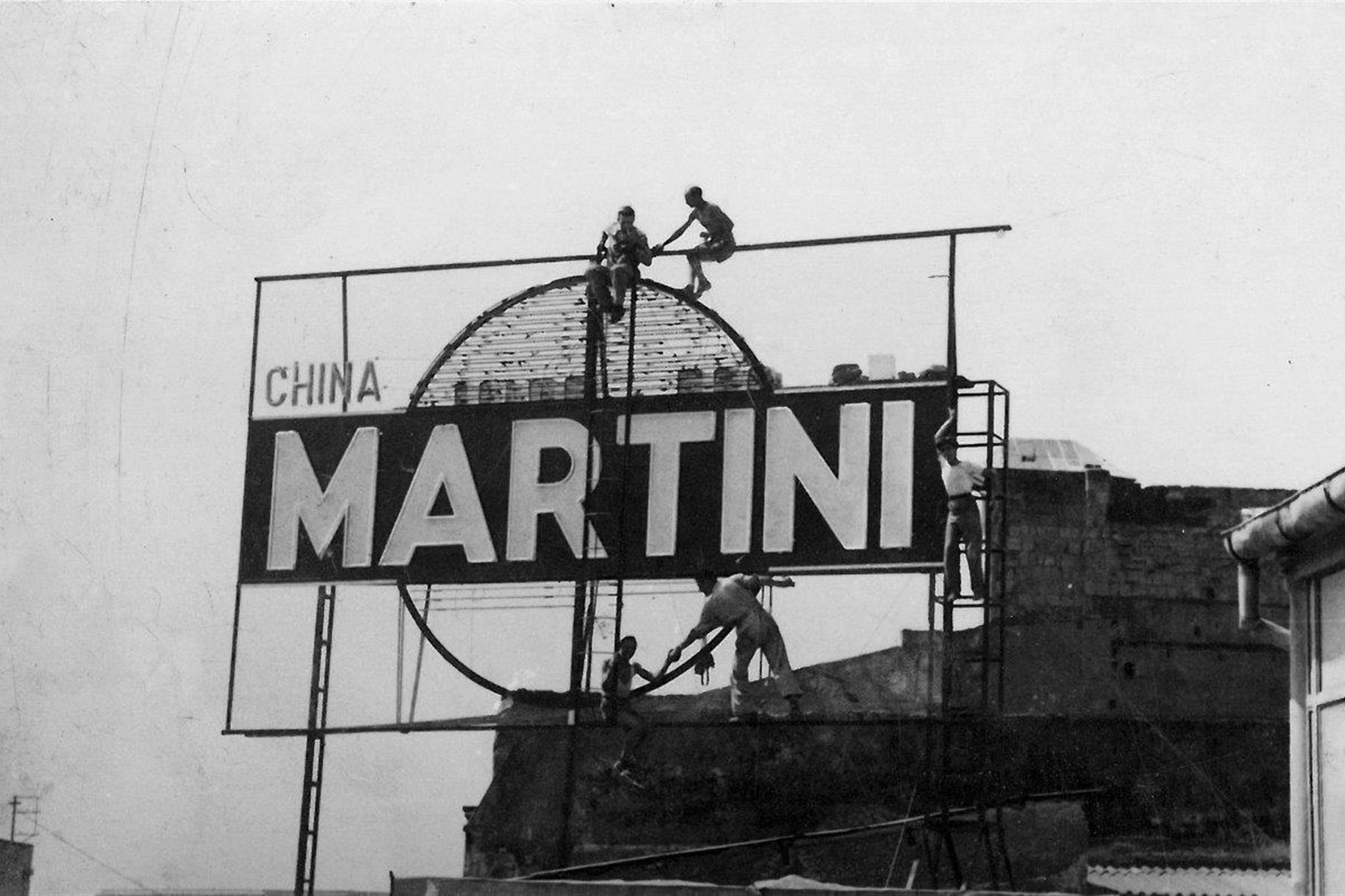HOW ILLUMINATED SIGNS WERE BORN: A STORY THAT BEGAN IN THE FIRST CENTURY A.D.
The history of the birth of illuminated signs goes hand in hand with that of advertising. A story that has its roots even at the time of the birth of Christ businesses and shops tried to attract the attention of passers-by by painting their signs directly on the walls. Advertising murals that represent the oldest ancestor of current signs. The goal was the same: to create consensus around one's image.
These drawings, well made and colourful, had great evocative power; the richly decorated illustrations explained in an engaging way what the shop sold and what could be bought.
The use of these fascinating prodromes of today's illuminated signs continued until the Middle Ages, when they also assumed another role: the knights carried them with them on the battlefields as banners. With the advent of printing with movable type, thanks to the invention of Johann Gutenberg, classical advertising followed new paths, evolving into new forms of expression such as posters and, in the last century, radio and television commercials.
The evolution of illuminated signs, on the other hand, followed a more gradual path. After the signs painted on wood, it was only in the 1930s that the luminous neon signs emerged and, at the turn of the new century, LED ones.
The first model of neon illuminated signs in Italian history was created by Eliosneon, a company born as an advertising branch of the ancient Soffieria Monti, specialised in scientific glass blowing.
